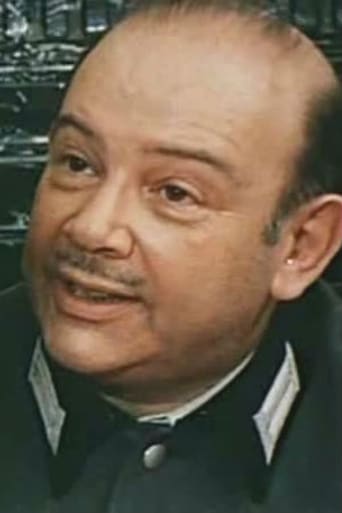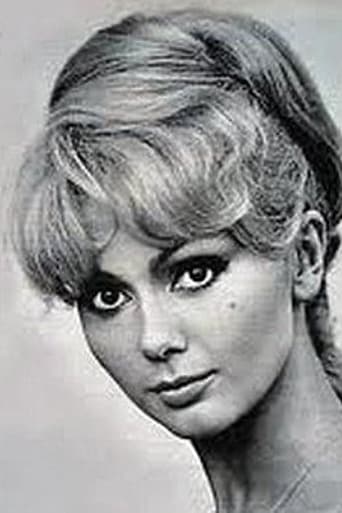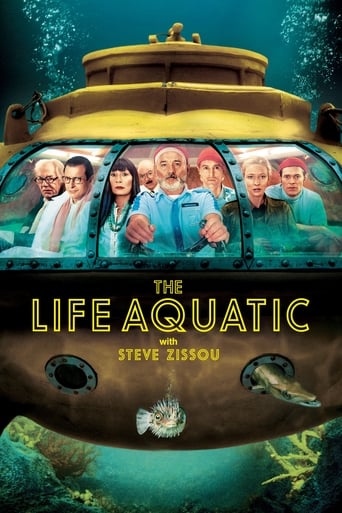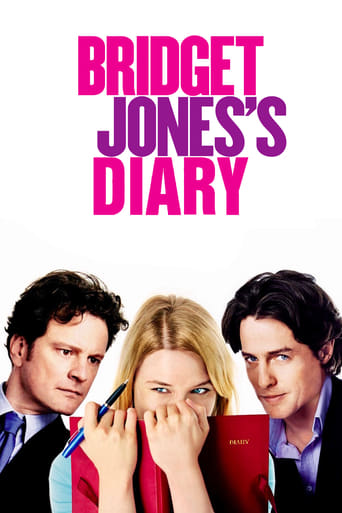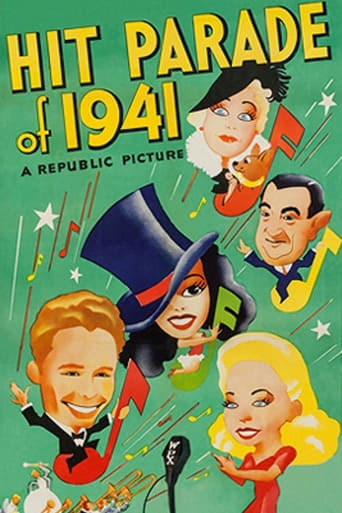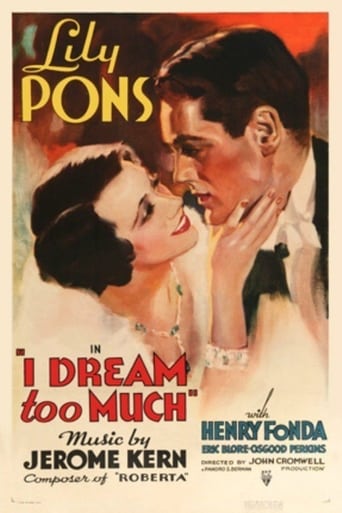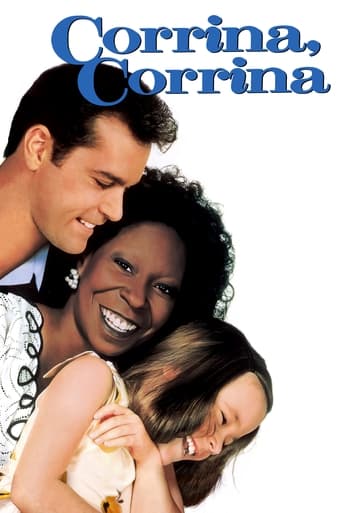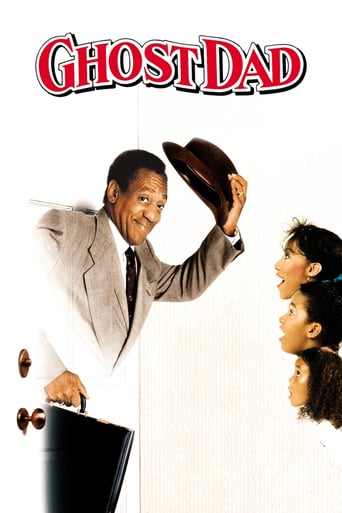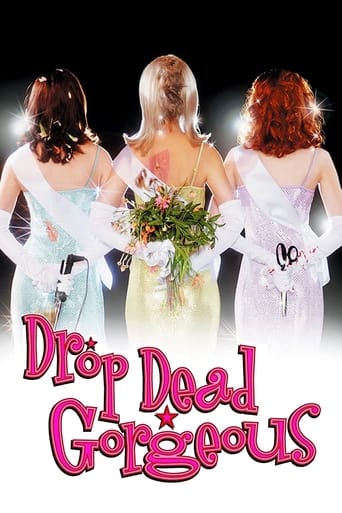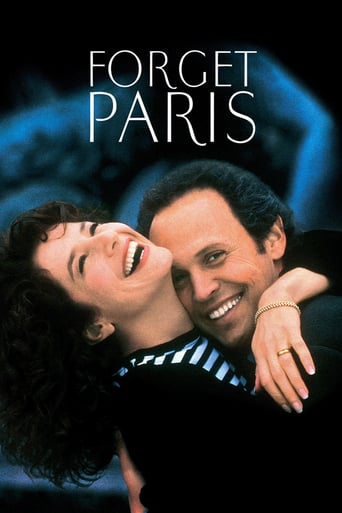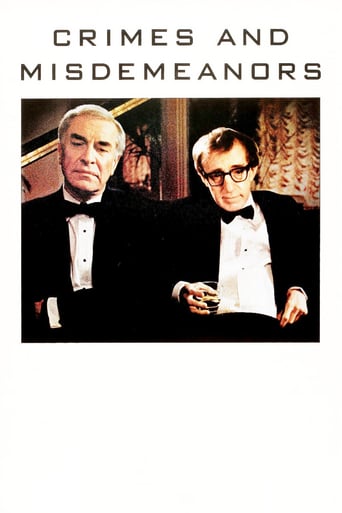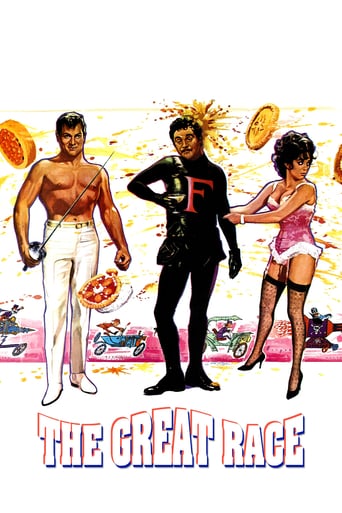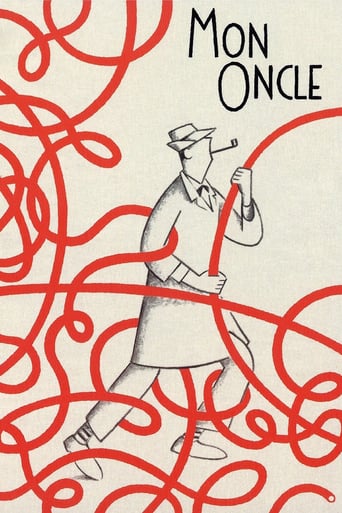
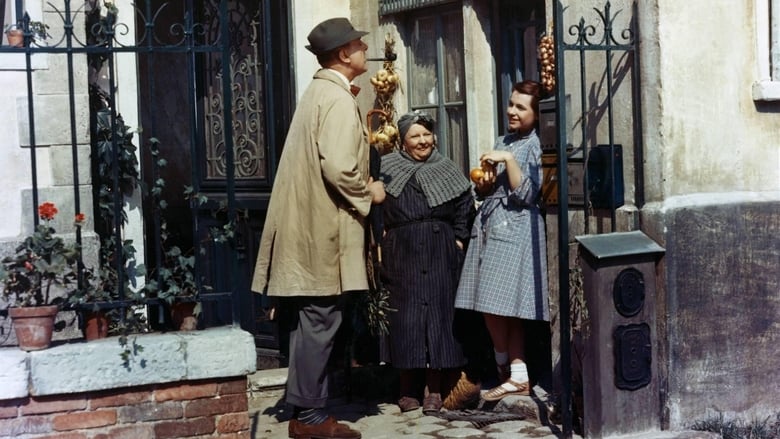
Mon Oncle (1958)
Genial, bumbling Monsieur Hulot loves his top-floor apartment in a grimy corner of the city, and cannot fathom why his sister's family has moved to the suburbs. Their house is an ultra-modern nightmare, which Hulot only visits for the sake of stealing away his rambunctious young nephew. Hulot's sister, however, wants to win him over to her new way of life, and conspires to set him up with a wife and job.
Watch Trailer
Cast


Similar titles
Reviews
Jacques Tati's Academy Award winner for Best Foreign Language Film from 1958 is a very funny ode to a simpler and more organic way of life in the face of increasing technology and sterility. People describing it will inevitably use words like charming and quirky. I might also throw in delicate and possibly even wistful. Most of the movie plays like a silent comedy, and the majority of the humor comes from sight gags and physical pratfalls. I do think it overstays its welcome a bit by the time it's over. It's like ordering a dessert that you really enjoy but that is just two or three bites more than you want.
Mon Oncle (1958- Jacques Tati) Mon Oncle, much like other Tati films, is about Monsieur Hulot and his struggles with the industrialized and modern society. Tati, with his trademark Hulot character is much like the silent era comedians, not only because he barely talks but also because of his simplicity and innocence. He is dazed and confused by the modern world (in a scene he literally escapes from her sister's place after dropping his nephew) and prefers his own old-fashioned neighborhood. In fact there is even a visual line between the modern world and Hulot's own neighborhood (the old world!) that is the wreckage of a break wall with a couple of tall buildings far back in the background (the break wall representing the old world and buildings the modern world) and every time Hulot wants to go to the modern part of the city (whether to go to his sister's or to go to the factory etc.) he passes through there. Gray, silver and blue are the dominating colors in the modern world (in contrast to the warmer colors of Hulot's neighborhood) and modern architecture , minimalist decors and complicated machines are everywhere whereas on the other side Hulot reflects sunlight on a bird when he wants to listen to music at his apartment! Hulot's brother-in-law owns (or works in) a plastic factory and they constantly tell their friends that plastic has been used in different parts of their home. When Hulot goes to work in the factory he goofs up the first day and makes plastic pipes which look like sausage! Plastic is another representation of the modern world with which Hulot cannot cope. Everything in the modern part of the city is highly stylized. Hulot's sister and her friends and family are very pretentious and they act stylized and unnatural. In a scene during the party when they want to move the chairs to another spot, they precisely follow the designated and paved path and are careful not to step on the space between the blocks. Hulot doesn't communicate much with the people at the party (or elsewhere!). He seems to prefer the childish simplicity of his nephew and we see him spending most of his free time with him. In the end when Hulot (the symbol of the old, conventional world) is leaving his neighborhood, we see that the buildings are being wrecked; the modern world is taking over! Tati's comedy is a rare example of visual comedy in cinema with clever uses of mise-en-scene. Something that is very refreshing to watch for all of us who have been accustomed to the verbal (and mostly vulgar!) comedies of Hollywood. In a scene where Hulot's sister is showing their neighbor to her husband from the window, we get a long shot from them from outside of the building and it's as if their heads are the houses pupils and the windows are its glasses! The same joke recurs when Hulot is sneaking in to their house at night. He makes a noise and suddenly 2 heads with black hair pop up from the window and again look like the houses pupils. To reinforce the idea, they simultaneously and in the same direction, much like human eye does. The visual gags are made possible through Tati's combination of long takes and long shots with fixed camera that lets the spectator choose what he wants to see from the -usually- multiple actions that are happening at the same time in the scene. The scenes like the part in this film or the restaurant in Playtime are perfect examples of Tati's precise choreography combined with a camera work that gives you the freedom to choose want you want to see. Tati's most interesting use of formal elements is probably with sound. "I pitch dialogue at the level of ambient sounds" he said, "like the way you hear them in a supermarket or train station". He defies what Chion called Vococentrism, for him dialogue is just a sound like any other sound. Instead of dialogue he heavily relied on sound effects and made one of the most interesting uses of them in film history.
The house in which Mr. Hulot's sister with her husband and son live is probably the central character of the film Mon Oncle. The house is a modern and complicated one, you get everything at the push of a button and yet it is very difficult to live. It is a puzzle not only for out of place Mr. Hulot but also for his sister and her husband, the owners of the house. They don't get to hear each other because of the sound of machine, and they learn to cope with it. There are number of things that can go wrong at any time, the decorated trees, the fountain, the kitchen, the garage, the car, the garden, the gate – anything, yet these are impossible to live without.Mr. Hulot himself is the most amusing among all of them. Throughout the film he doesn't utter a single word though seems to say a lot of things with his gestures. He looks very odd in his behavior, and always a misfit, be it in the house or in the workplace. But he is a completely unflappable person, nothing really matters to him. He is devoid of any human emotion. In fact, in some ways all the characters in the film are like dolls, it seems that nothing of this world can touch, move, alter or affect them.The film doesn't have a coherent story to tell, it's about bits and pieces put up together, mostly underlining its central theme of little everyday absurdities rising out of the meeting of contradictions. There are number of characters here and there, the street dogs, the kids, the factory, the school, the sweeper, the shopkeeper and so on and so forth with a little touch of mischief and amusement revolving around all of them.Mon Oncle has striking similarities with Modern Times and Jacques Tati with Charles Chaplin. The first similarity is off course the subject of the film. Second, Mon Oncle should be considered more or less a silent film that has music throughout like Chaplin films (though it has some dialog in it, but one feels nothing would have hampered without it). Third, in simple treatment of camera, and last but not the least, like Chaplin, Tati is also star/director/co-writer and producer of his project. There is probably one difference though. There are numerous scenes in a film like Modern Times that would make us burst out in laughter, but in Mon Oncle it is not so. There is not a moment which makes you burst out in laughter. What it does is something different, it holds you throughout, it amuses you and while watching you always find yourself with a quiet grin on your face. I have seen only two films of Tati (Playtime and Mon Oncle) and it seems to me that both of them could be a bit shorter in length. Probably that's the only negative criticism I have against him.There are number of reasons for which one must see Mon Oncle. It has got amazing sets, stunning lighting, and admirable use of color. It has jovial use of sound and music and brilliant cinematography. Mon Oncle is one timeless classic that can be seen time and time again.
Here Jacques Tati tries to show by his gentle satire how de-humanised we are becoming (and this was half a century ago!). The passion with which people hurl themselves into 'the new', at the price of their souls, the glee with which the patina of the ages is scraped by the sandpaper of market forces from the surface of our lives, is here shown for the mindless vandalism it is. Tati shows how his sister in the story, devoted to him though she is, is a vandal of all that he holds dears about life. Her twee idolatry of mechanical gadgets, her worship of the fashionable, and her social enslavement to the opinions of others, render her a threat to the world. Tati tries to save his nephew from this moral corruption in his bumbling way. Gag after gag expose the hollowness of the mad world of affluence. Tati 'goes his way', breaking things, tripping over things, embarrassing everybody, making a mess. But it is the unplanned and truly precious mess of real life, of the natural way of living, that is the subject of Tati's Ode. Tati is a charmed fool, an innocent, because he cannot be contaminated. He is a kind of idiot savant, and the temptations of the banal cannot reach him. There are some wonderfully funny moments in this film, but its humour is more generally diffused throughout as a kind of pervasive glow. It is another Tati classic, to be savoured by those who do not have to rush off, but instead are prepared to share 'moments of being' at the pace of pre-modern existence with this man who would rather be thought stupid than be corrupted.



